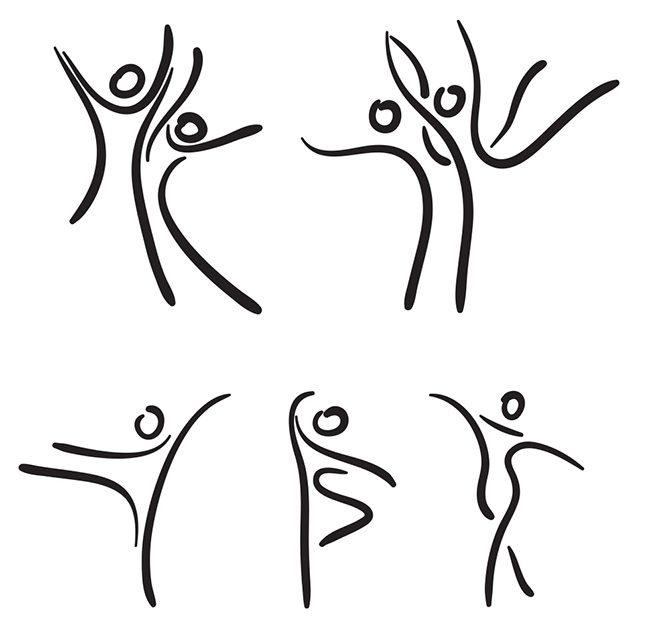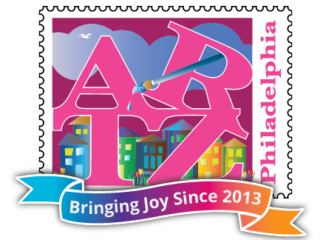Dance as Expression for Dementia

For the Northwest Philadelphia Project, I plan to create a list of resources for those in the community living with dementia. In thinking about ways that people choose to express themselves, I started searching for programs in Northwest Philadelphia that provided opportunities for dance.
I remember watching my mother shimmy around the room as some of her favorite MoTown songs played. As a child, I would laugh at her and ask why she was dancing. She always said that she wanted to move everyday, even if only a little bit. My mother had a lot of physical limitations, but despite this, she still had this urge to move.
For years, many have recommended movement for our physical and mental health. By watching my mother and those in the community who I work with now, I realized that this recommendation does not stop at a certain age or with a certain condition.
What does movement look like for someone living with dementia? I wrote an article last year for the Penn Memory Center about a married couple who had been involved in research. Jackie Witzman was diagnosed with Alzheimer’s disease, and one of Jack’s first thoughts about her was about her dancing. “Jack Witzman remembers the first time his wife, Jackie, met the new executive director of Easterseals last summer while he toured the adult daycare. Upon meeting him, Jackie got up and started to dance. She was trying to teach him line dancing, and Jack knew that his wife enjoyed the atmosphere.”
Researchers have studied the positive effects of dance on dementia, such as creating social engagement, enhancing mood, increasing self awareness and self expression, and providing memory stimulation. These dances include small, simple movements that are easy to follow and engaging. The Global Council on Brain Health is a group of scientists, health professionals, scholars and policy experts from around the world working in areas of brain health and aging. Their ninth recommendation for activities to engage your brain included “[choosing] activities involving both mental and physical engagement.” They write that “physical activity has been shown to improve cognition in adults, so choosing activities such as dancing or tennis that involve both mental engagement and physical exercise is a wise use of [one’s] time.”
Dancing has even been considered a type of movement therapy. The American Dance Therapy Association describes dance/movement therapy as “the psychotherapeutic use of movement to further the emotional, cognitive, physical, social, and spiritual integration of the individual.”
